It’s the next of our chats with sustainability pioneers, and this time we’re talking to SEAQUAL INITIATIVE. They’re an environmental organization based in the city of Girona, which also makes them Akepa’s neighbors.
Plastic pollution is a global problem with many causes and many consequences. But thankfully, there’s no shortage of heroes trying to fight it. While clean-ups are a large part of the job, SEAQUAL INITIATIVE also works with a cadre of plastic-fighting collaborators to promote awareness, circular industry, and plenty more.
Keep reading as we speak in-depth with Managing Director François Devy…
To get things going, tell us a little bit more about SEAQUAL INITIATIVE’s mission, and how the organization started.
SEAQUAL INITIATIVE is an environmental organization dedicated to addressing marine plastic pollution and promoting sustainability in the fashion and textile industry. The organization’s mission revolves around four key pillars:
- Ocean Cleaning
- Engaging Industry
- Raising Awareness
- Inspiring Consumers

The organization began its journey as a response to the alarming increase in plastic pollution in marine ecosystems. It was founded as a collaborative effort involving various stakeholders who shared a common concern for the health of our ocean and its amazing biodiversity. The initiative gained momentum as it attracted more partners and supporters who were committed to combating marine plastic pollution.
SEAQUAL INITIATIVE’s unique approach lies in its ability to turn a global problem into local solutions. By engaging with industries like fashion and textile, they encourage businesses to take responsibility for their environmental impact and make positive changes in their supply chains. The initiative not only helps clean our oceans but also raises awareness about the importance of sustainability and responsible consumption.
Ocean clean-ups are your first order of business. How are you able to effectively organize so many all around the world?
SEAQUAL INITIATIVE’s ocean clean-ups around the world are facilitated by several key factors:
- Global Network of Partners – SEAQUAL INITIATIVE has established a vast network of partners, including local NGOs, clean-up programs, waste management entities, environmental organizations, government agencies, and businesses in various regions.
- Data-Driven Approach – SEAQUAL INITIATIVE collects and analyzes data on marine plastic pollution in various oceanic regions. This helps prioritize clean-up efforts in areas with the most significant pollution problems, ensuring that resources are allocated where they are needed most.
- Community Engagement – The organization actively engages with local communities in coastal regions affected by plastic pollution. They work closely with fishermen, residents, and volunteers who are passionate about preserving their local environments.
- Awareness and Education – By educating communities and individuals about the environmental impact of plastic waste, they encourage people to participate in clean-up efforts voluntarily.
- Corporate Partnerships – SEAQUAL INITIATIVE collaborates with corporate partners, especially those in the fashion and textile industries. These partnerships not only provide financial support but also bring in additional resources and manpower for clean-up activities.
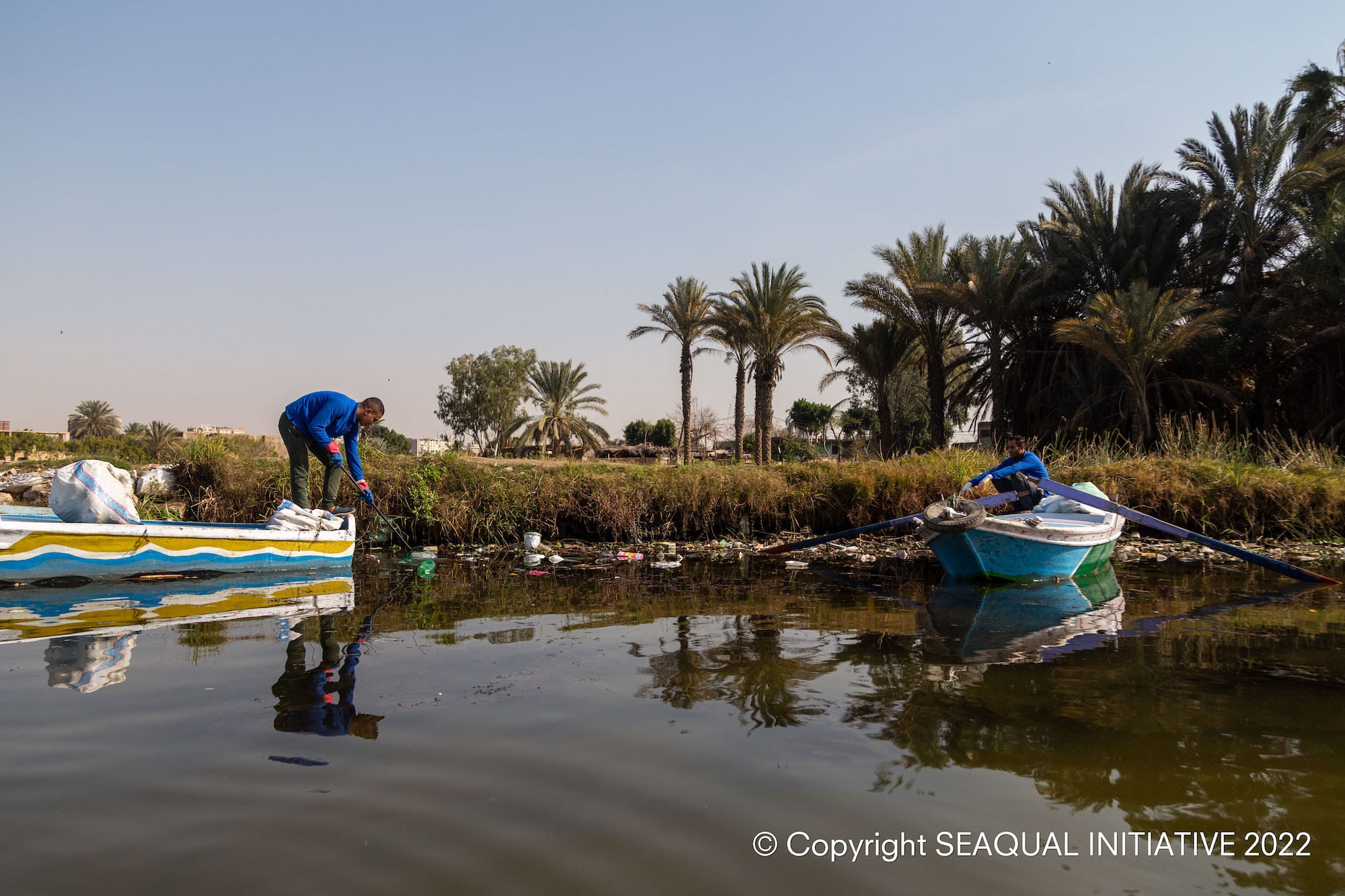
Waste collection is only one part of a bigger and more complex system. What can you say about how waste is currently being managed? Especially if we consider differences in developed vs. developing and lesser-developed countries.
Waste management is indeed a multifaceted issue with significant variations between developed, developing, and lesser-developed countries. One of the main reasons for this is the historical imbalance between their privileges and opportunities (which can be attributed to colonialism), which have limited the possibilities for developing and lesser-developed countries to build and implement efficient waste management systems.
Developed countries usually have well-established waste management infrastructure and stringent regulations. They have comprehensive waste collection systems, recycling programs, and waste-to-energy facilities. But we need to understand this within the whole context. For instance, developed countries also have better access to education, and more consumer awareness. Could this be a consequence of their higher economic level, which at the same time makes it more possible for them to make individual efforts to reduce waste, recycle and choose eco-friendly products?
On the other hand, developing and lesser-developed countries are sadly not guaranteed the same privileges. Limited access to funds, resources, technology, etc. makes it harder for them to implement effective waste management systems. In fact, many times, it is waste pickers who collect and sell recyclable materials who lead the recycling system, contributing to waste reduction while working in poor conditions to make a living.
Lastly, we cannot fail to mention the many cases of countries that dump waste in developing and lesser-developed countries to deceive their own ecological footprint outcome without repercussions. We need to be aware that a big part of the problem is not their will: developing and lesser-developed countries do not yet have waste management systems efficient enough to take care of their own waste due to their social and economic context, and now they also have to take care of other countries’ waste.
Once you start to understand a key piece in its whole context, as part of a bigger picture, you see clearly that it is a circle in which privileges and development go hand in hand, feeding off each other. It is because of this that our collection points are focused on countries where they face this issue more heavily, and why we insist on the need for circular thinking.
Building on the last question, what else do you have to say about circularity?
Circular thinking – which emphasizes the reduction, reuse, recycling, and repurposing of materials – is increasingly recognized as a critical approach to address waste challenges sustainably.
And the best part is that its impact goes beyond what we may think. By implementing circular systems, we benefit from the conservation of valuable resources, we enhance the economy by creating jobs in recycling and reducing manufacturing costs, we promote equity and cohesive actions worldwide and, finally, we protect and restore nature and biodiversity.
So, all in all, we believe that circular thinking is essential worldwide and, thanks to a collaborative approach between developed, developing and lesser-developed countries, it can help ease the ongoing waste management crisis. It requires a combination of infrastructure development, regulatory frameworks, education, and community engagement to create a more sustainable and circular approach to waste management on a global scale.
Indeed, it is not a simple task, but the positive effects will be more than worth the effort.
Sustainability can be a tricky concept to define. What’s your definition?
Sustainability is a complex and multifaceted concept that can be defined as the ability to meet the needs of the present without compromising the ability of future generations to meet their own needs.
Being biodiversity advocates, we would like to highlight a concept that not only aligns, but also enhances the meaning of sustainability: biocentrism. A concept that has been spread and strongly defended by Paul Watson, a prominent environmental activist and founder of the Sea Shepherd Conservation Society. Biocentrism is an ethical perspective that places intrinsic value on all living beings and ecosystems, rather than prioritizing human interests above all else. Therefore, it adds one more layer to sustainability: respect for all life.
Sadly, many companies have started to use the concept of sustainability as a broad spectrum without committing to any actual aspect of it, to the point that it has started losing its meaning. For example, if a company plants a tree for every product sold, they communicate themselves as “sustainable”, without being accountable for –for instance– the huge CO2 emissions that their production process implies.
It is very easy to fall into greenwashing. This is why it was important for us that “sustainability” was not only a word in our communication, but a value in our philosophy. For us, to be sustainable means to make all decisions and carry out all actions, as small as they are, in a way that not only reduces the negative impact on the environment and society, but that enhances the positive one. For a company to be sustainable means to integrate it in your blood and stay true to your commitment.
In our case, we proudly and transparently link ourselves to sustainability because, since the start of SEAQUAL INITIATIVE, we have always contemplated the social, economic and environmental context throughout our supply chain and the life cycle of our product, and we have looked for ways to leave a positive footprint. We have carried out Life Cycle Assessments that prove that the transformation process of SEAQUAL® YARN reduces CO2 emissions by 37%, water consumption by 34% and energy use by 40%, compared to virgin polyester. We engage with the local communities that support our activity and pay a higher price for the collected plastic to guarantee decent work conditions.
Thanks to this, we can say that SEAQUAL INITIATIVE tackles the 3 angles of ESG.
Supply chain traceability for almost any industry is a big challenge – one largely related to sustainability. How are you able to achieve material traceability with SEAQUAL® MARINE PLASTIC?
Achieving material traceability with SEAQUAL® MARINE PLASTIC involves a comprehensive and transparent approach to tracking the entire supply chain of the recycled material.
- Collection Point Identification: SEAQUAL INITIATIVE starts by working closely with local communities and partners to identify collection points along coastlines and in oceans where plastic waste is gathered.
- Tracking Collection Operations: Collection operations are tracked and recorded to ensure that plastic waste is sourced responsibly. This includes documenting the type and quantity of waste collected and the collection location.
- Sorting and Processing: Once collected, the plastic waste goes through a sorting and processing stage. SEAQUAL INITIATIVE ensures that proper protocols are in place to distinguish between various types of plastics and to separate non-recyclable materials.
- Recycling Facilities: SEAQUAL INITIATIVE partners with recycling facilities that are equipped to handle the upcycling of marine plastic. These facilities are selected based on their adherence to environmental standards and best practices.
- Material Transformation: The process of transforming marine plastic waste into SEAQUAL® MARINE PLASTIC is closely monitored and documented. This includes tracking the amount of waste that is successfully transformed into usable materials.
- Product Integration: SEAQUAL INITIATIVE collaborates with brands and manufacturers that incorporate SEAQUAL® MARINE PLASTIC into their products. This step involves verifying that the recycled material is indeed used as intended and that the final products meet sustainability standards through lab certification.
- Certification and Verification: To ensure traceability and transparency, SEAQUAL INITIATIVE may use certification and verification processes. These can include third-party audits and certification programs that validate the use of SEAQUAL® MARINE PLASTIC in products.
- Consumer Awareness: SEAQUAL INITIATIVE also plays a role in raising consumer awareness about products made from SEAQUAL® MARINE PLASTIC and their impact.
- Continuous Improvement: SEAQUAL INITIATIVE continuously seeks to improve traceability by refining its tracking methods (we are currently implementing a digital Chain of Custody), collaborating with partners who share the same commitment to transparency, and adopting best practices in material traceability.
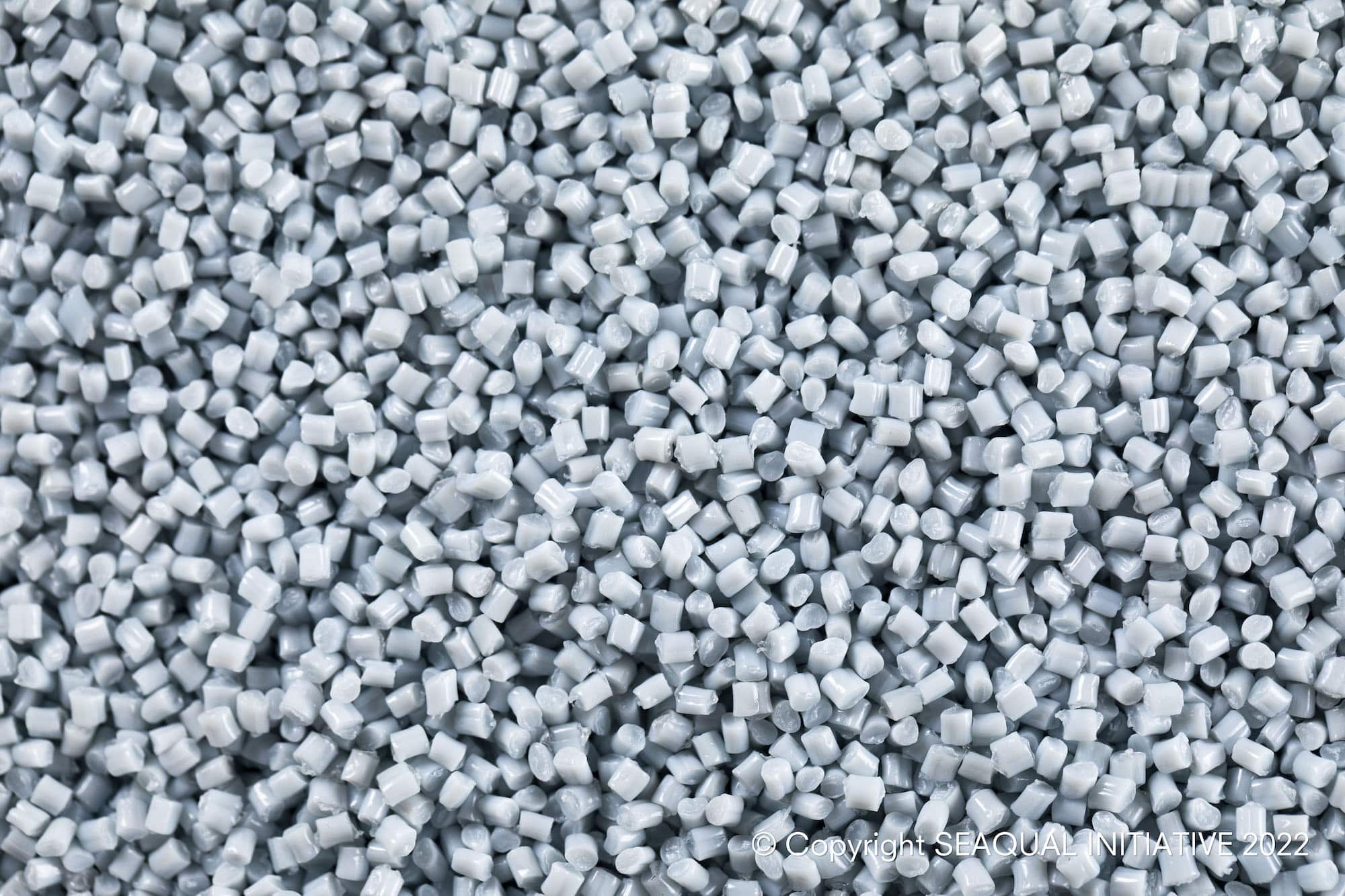
SEAQUAL YARN is a great example of sustainable materials innovation. What was the process like to develop it?
Creating high-quality yarn from degraded plastic presents several significant challenges due to the degraded nature of the material. Some of the challenges we faced during the development phase were the following:
- Quality and Strength – Degraded plastic collected from marine environments can be brittle and weakened by exposure to UV radiation, salt water, and physical wear. Maintaining the required strength and durability for yarn production is challenging.
- Contamination – Marine plastic often contains various contaminants, including sand, shells, algae and microorganisms. Removing these impurities is crucial to produce yarn with the desired quality and appearance.
- Consistency – Consistency in material properties is vital for textile production. However, marine plastic waste may vary in composition, color and texture, making it challenging to ensure uniformity in the resulting yarn.
- Chemical Composition – The chemical composition of degraded plastic may change over time due to exposure to environmental factors. This can affect the melting and processing properties of the material, complicating the manufacturing process.
- Environmental Impact – Transforming degraded plastic into yarn should not exacerbate environmental harm. Ensuring that the recycling and processing methods used are environmentally sustainable and energy-efficient is a priority.
- Costs -Developing processes to clean, sort, and process degraded plastic can be resource-intensive. Balancing the costs of collection, processing, and production with the price point of the resulting yarn was a challenge, but today we can say that the manufacturers and brands we collaborate with, gladly prioritize the added value and environmental/social impact that SEAQUAL® YARN has.
- Innovation – Creating high-quality yarn from degraded plastic often requires innovative techniques and technologies.
- Testing and Quality Assurance – Rigorous testing and quality assurance processes are essential to ensure that the resulting yarn meets industry standards for textile applications, such as strength, colorfastness and softness.
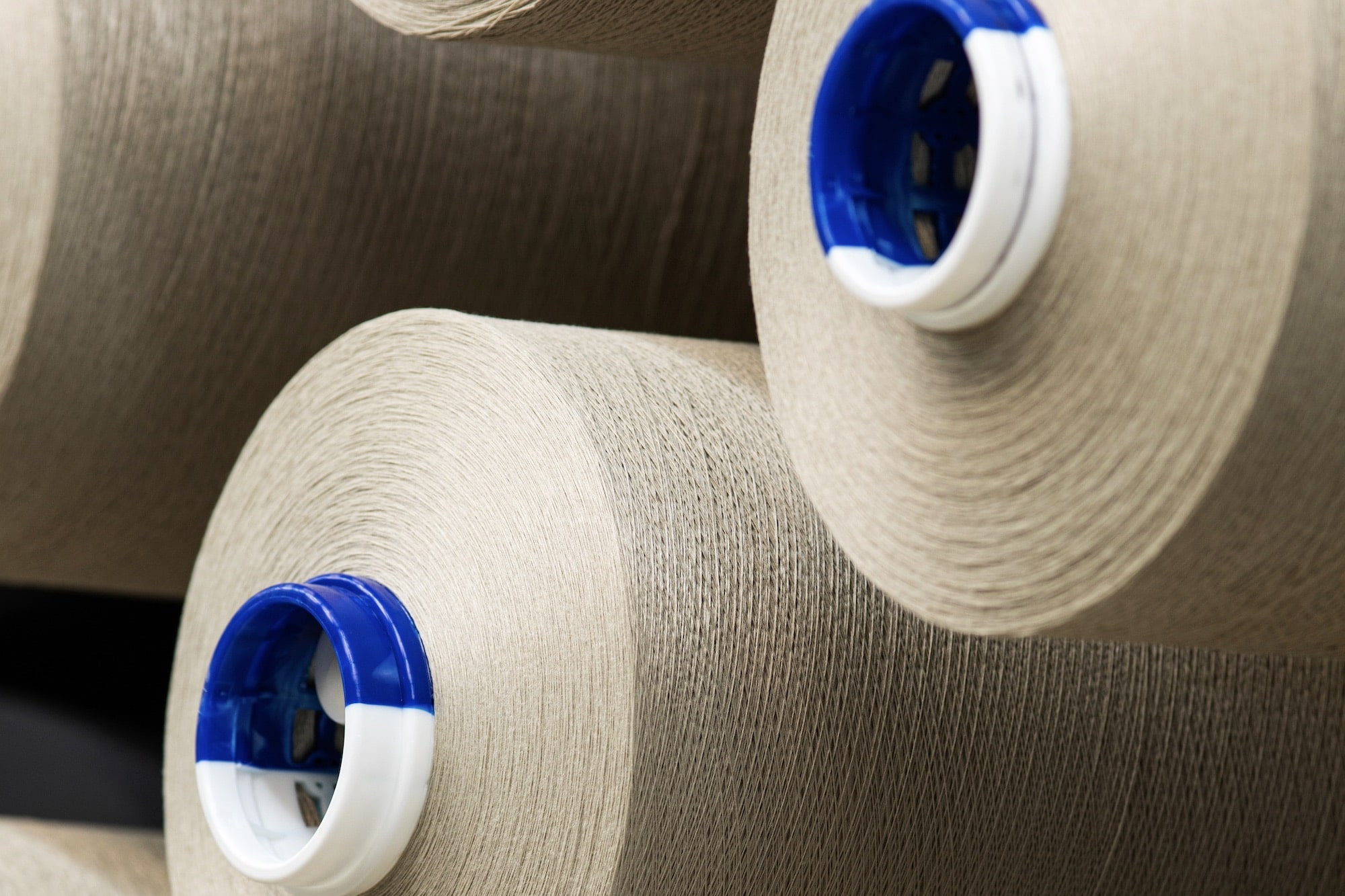
Thankfully, we count on an experienced R+D department, that carefully assessed (and continues to do so) each of these challenges to come up with the best formula to ensure a high-quality product without giving up on contributing to clean oceans.
What past collaboration stands out the most to you and why? Feel free to share two, if you’d like.
Our work revolves around four main customer pillars: 1) textile for fashion and sportswear, 2) furnishing (home and contract), 3) automotive and 4) promotional objects.
Within our community, we are proud to have more than 2,500 manufacturers and brands that have embraced the SEAQUAL License, becoming integral parts of our ecosystem. Out of our extensive network, we’d like to emphasize the exceptional contributions of two key partners:
- Valdese Weavers (Furnishing): Valdese Weavers stands out for its dedication to our cause. Their efforts extend beyond their core business as they actively engage in awareness-building initiatives such as museum exhibitions focused on ocean plastic. Their proactive take demonstrates their profound commitment to sustainability.
- Fiat (Automotive): Fiat has been a pioneer in integrating sustainability into the automotive industry. Their extensive advertising campaigns featuring Leonardo DiCaprio and the FIAT 500 exemplify their dedication to environmental responsibility and their role in driving eco-conscious choices in the automotive sector.
What are some of the most exciting sustainable brands or businesses that you’re following at the moment?
We are very proud to see the shift that the industry is making toward green practices, with a growing number of innovative brands committed to full sustainability and circularity in the textile industry. And even happier to see many of them joining our network!
We would like to highlight three startups that have pioneered creative solutions to address circular challenges in the textile sector:
- Nolt – A standout brand that focuses on collecting used sportswear t-shirts with the aim of recycling them into brand-new t-shirts. Their unique approach not only extends the lifecycle of sportswear but also promotes a circular model where old garments are transformed into new, sustainable products.
- Infinite Athletic – This brand has harnessed the power of circularity by collecting used tennis racket strings and repurposing them into new tennis garments. What’s impressive is that these garments are not only 100% recycled but also designed to be 100% recyclable into new tennis garments, creating a truly closed-loop system.
- Sepiia – Sepiia has introduced a game-changing concept with elastic garments that are designed to be recyclable. Their innovation addresses a common challenge in the textile industry by creating garments that can be efficiently recycled, contributing to a more sustainable and environmentally friendly fashion landscape.
Where would you like SEAQUAL INITIATIVE to be a year from now?
In 2024, SEAQUAL INITIATIVE will be unveiling several exciting new features and developments.
- Enhanced Digital Chain of Custody: We are introducing a cutting-edge digital chain of custody system that offers on-the-fly, fully transparent traceability throughout the entire supply chain. From the initial collection point to the product pages of our partner brands, this innovative system allows end-users to track the origin, environmental impact and social impact of the products through an embedded KPI widget tool.
- Expanded Material Collection: In addition to PET bottles, SEAQUAL INITIATIVE is broadening its efforts to remove and promote the recycling of other types of materials from the ocean. This includes the collection of discarded nylon fishing nets and other marine waste, further expanding our scope in addressing marine pollution.
- Launch of the SEAQUAL Foundation: To bolster our mission, we are establishing the SEAQUAL Foundation. This foundation will serve as a platform for raising even greater awareness about marine plastic pollution. Additionally, it will focus on educational initiatives and community protection efforts, particularly those connected to the local communities involved in plastic collection. Our goal is to create a holistic approach to marine conservation.
- Marketing Tools for Brands: SEAQUAL INITIATIVE is introducing additional marketing tools for our partner brands. These tools will enable brands to effectively raise awareness among their customers about the importance of sustainability and the positive impact of using SEAQUAL® MARINE PLASTIC.
- Chemical Recycling Innovation: We are implementing chemical recycling methods that will significantly increase the incorporation of marine plastics into the final product. This innovation not only reduces waste but also takes us a step closer to achieving a full circular economy.
Keen on working with SEAQUAL INITIATIVE? Head over to their website for more information.
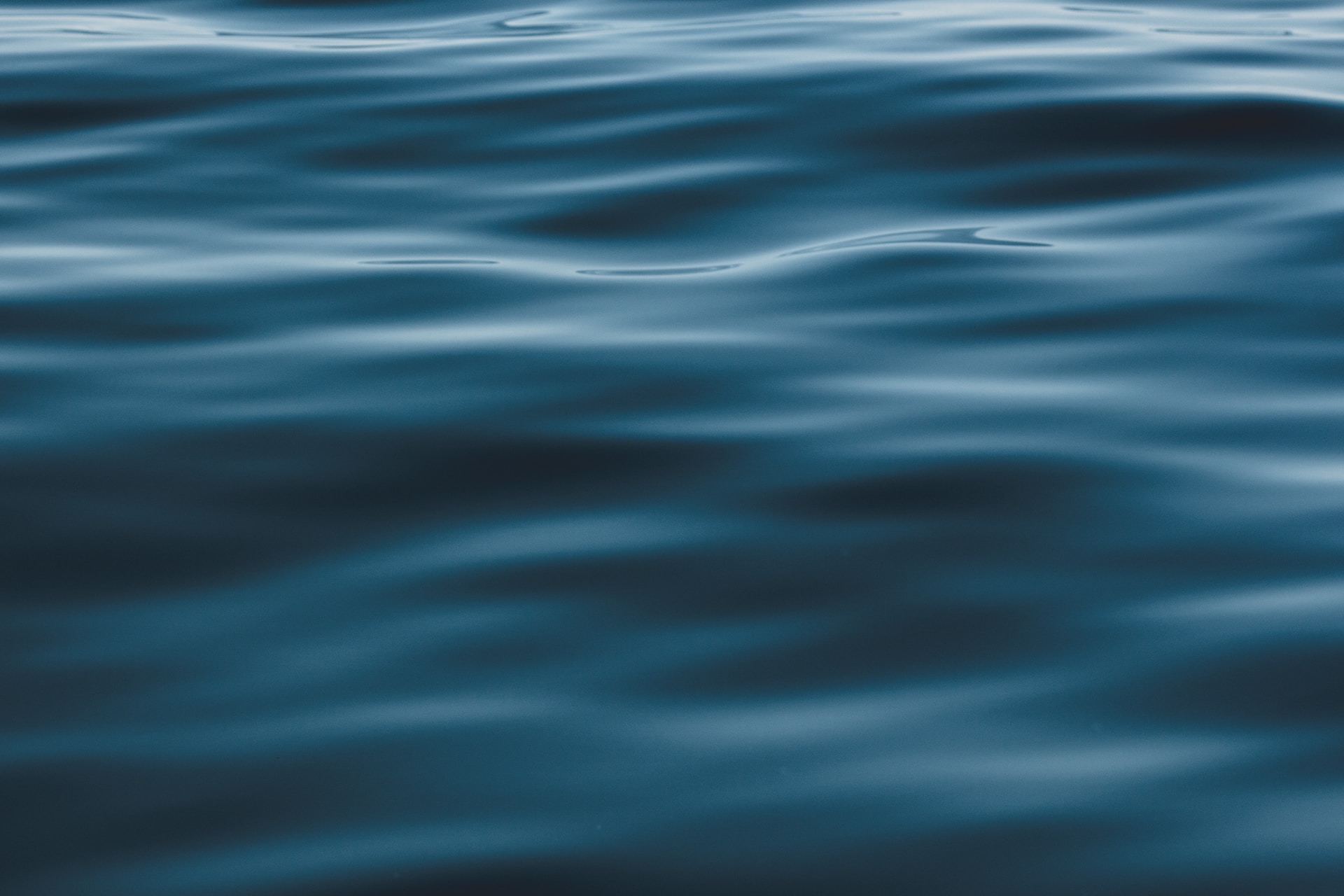
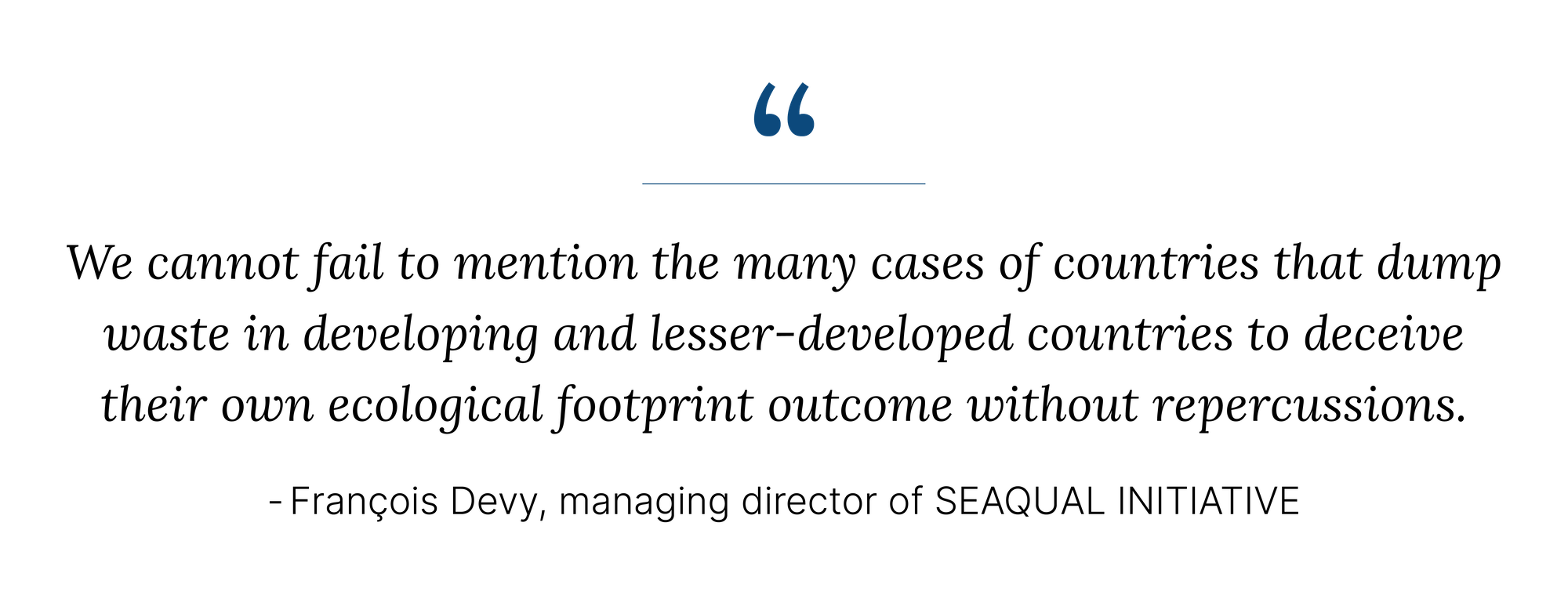


Leave a Reply